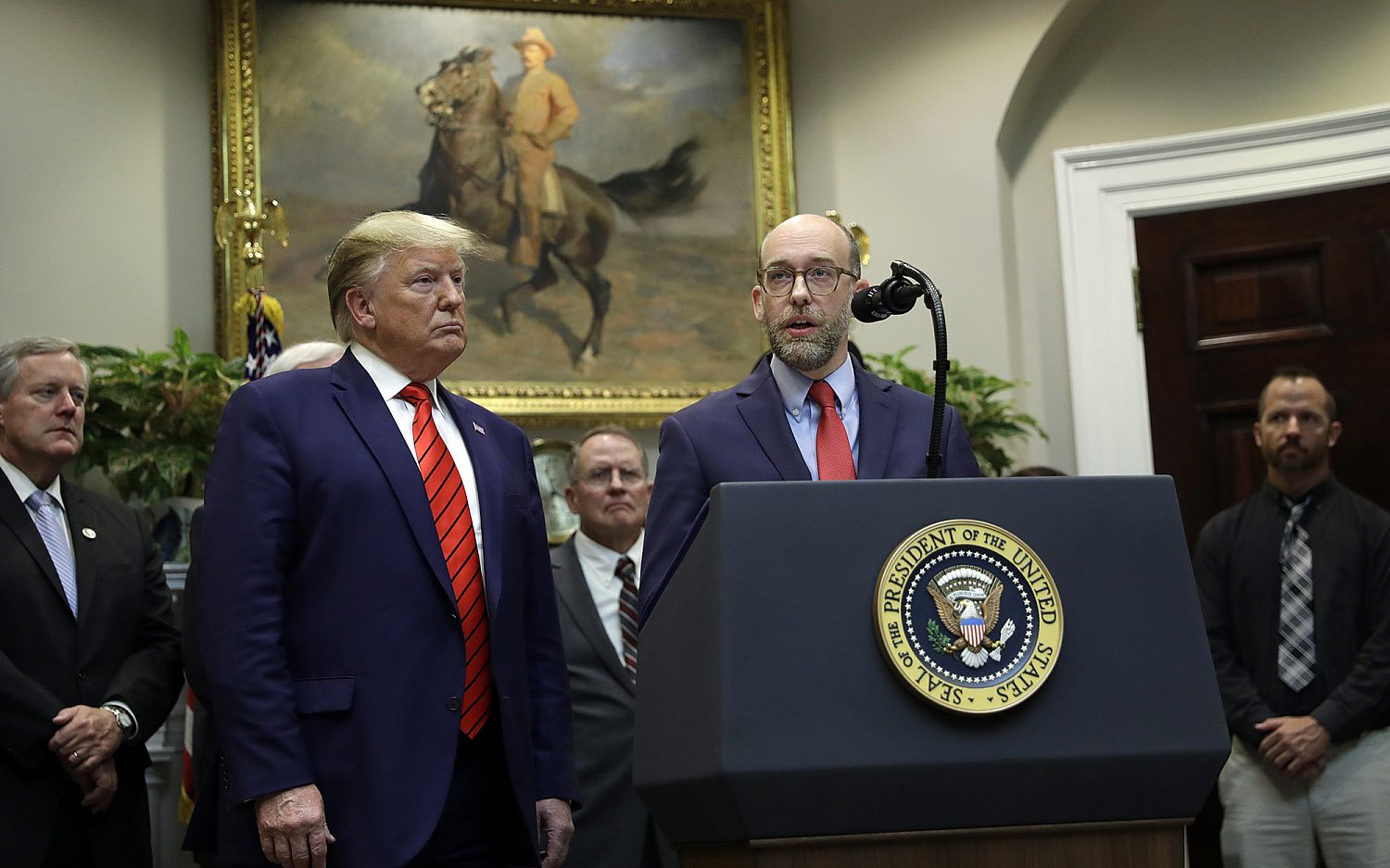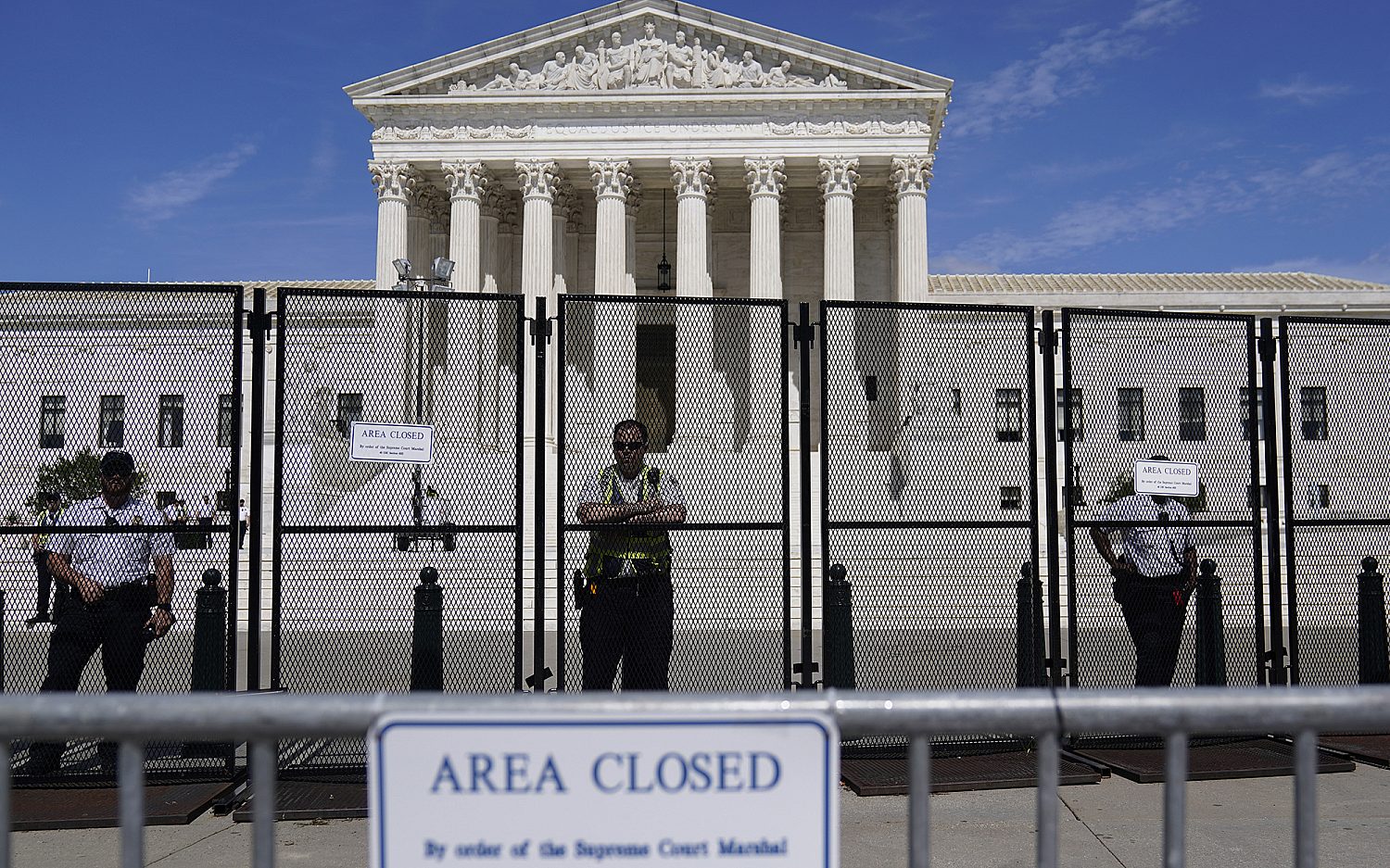What's in the bill?
Laying out a timeline of the healthcare bill's impact on the average American
WASHINGTON-At more than 2,500 pages, the healthcare bill that President Obama signed into law Tuesday is no light reading, so only the most devoted congressional staffers have studied it all.
Just what's inside? The $940 billion bill is expected to expand insurance coverage to 32 million Americans over the next decade, leaving about 22 million still uninsured. But for the bill to fulfill the president's goal of reducing the deficit, which the nonpartisan Congressional Budget Office says it does by $130 billion, someone has to cover that tab.
The following timeline explains how the bill could affect your health coverage as well as how it will be paid for, with most of the new taxes not taking effect until after the 2012 elections. Changes within this year:
In three months, those with preexisting conditions can enroll in a temporary national insurance plan. Insurance companies can't deny coverage to children with preexisting conditions. Insurance companies can't end coverage except in cases of fraud. Insurance companies can't put lifetime or certain annual caps on money they'll disburse. Small businesses offering health insurance are eligible for a tax credit of up to 35 percent of the premium cost, increasing to 50 percent by 2014. New insurance plans must cover preventative care without a copay. In six months, young adults up to age 26 can remain on their parents' insurance, unless they already have insurance from an employer. The first tax that kicks in hits anyone who catches rays at indoor tanning salons. They will be subject to a 10 percent tax, beginning this summer.In 2013:
Medical devices will be subject to a 2.9 percent excise tax. The Medicare payroll tax will increase from 1.45 percent to 2.35 percent for individuals earning more than $200,000 a year and married couples filing income taxes jointly making above $250,000. Capital gains taxes will increase 3.8 percent for individuals earning more than $200,000 and married couples filing jointly making above $250,000.In 2014:
"Minimal essential coverage" is mandatory for individuals and their dependents. Penalties for not purchasing coverage: $95 for each uninsured person or 1 percent of household income. By 2016, penalties will grow to $695 a person with a maximum of $2,085 per family. A few are exempted from this requirement: prisoners, illegal immigrants, American Indians, and those with religious objections. The federal government will provide insurance subsidies to families whose incomes exceed Medicaid requirements but are below 400 percent of the poverty level. States will open health exchanges, where individuals and small businesses can get better insurance rates by purchasing as groups The government will expand Medicaid coverage to an estimated 16 million people. Insurance companies can't deny coverage to anyone with preexisting conditions.By 2018:
All coverage must offer preventative care without a copay. An excise tax on expensive "Cadillac" insurance plans kicks in.An actual newsletter worth subscribing to instead of just a collection of links. —Adam
Sign up to receive The Sift email newsletter each weekday morning for the latest headlines from WORLD’s breaking news team.





Please wait while we load the latest comments...
Comments
Please register, subscribe, or log in to comment on this article.